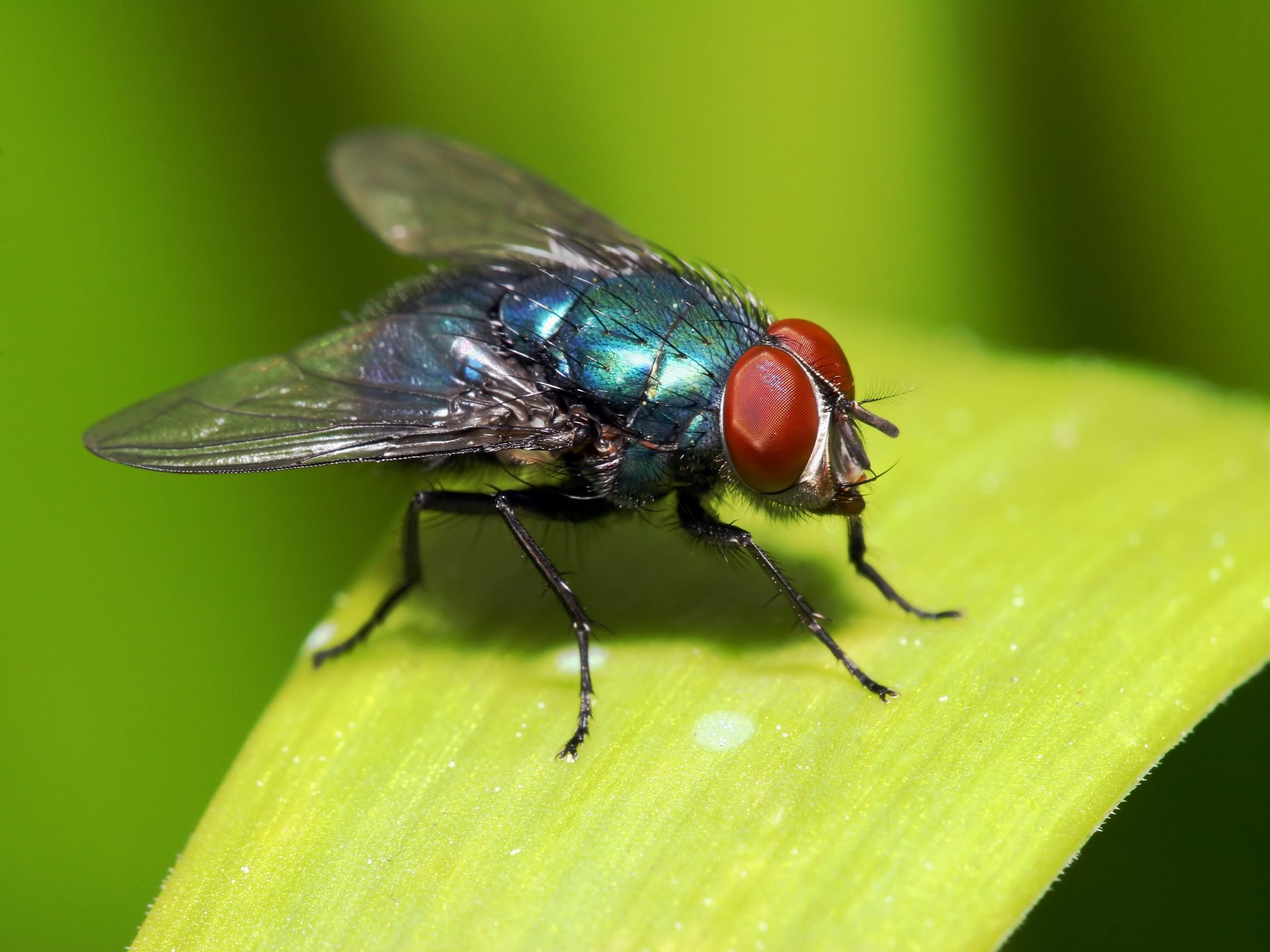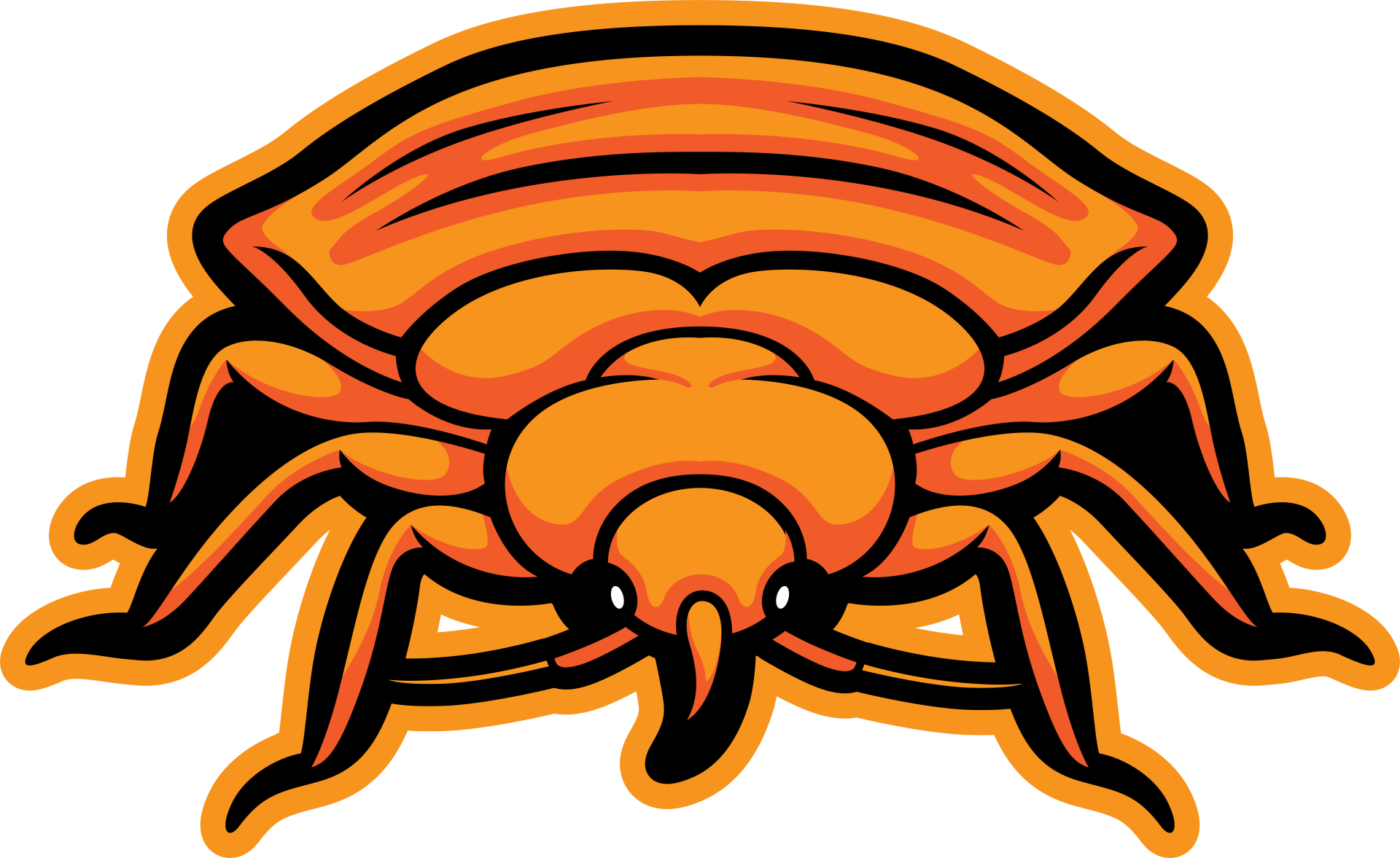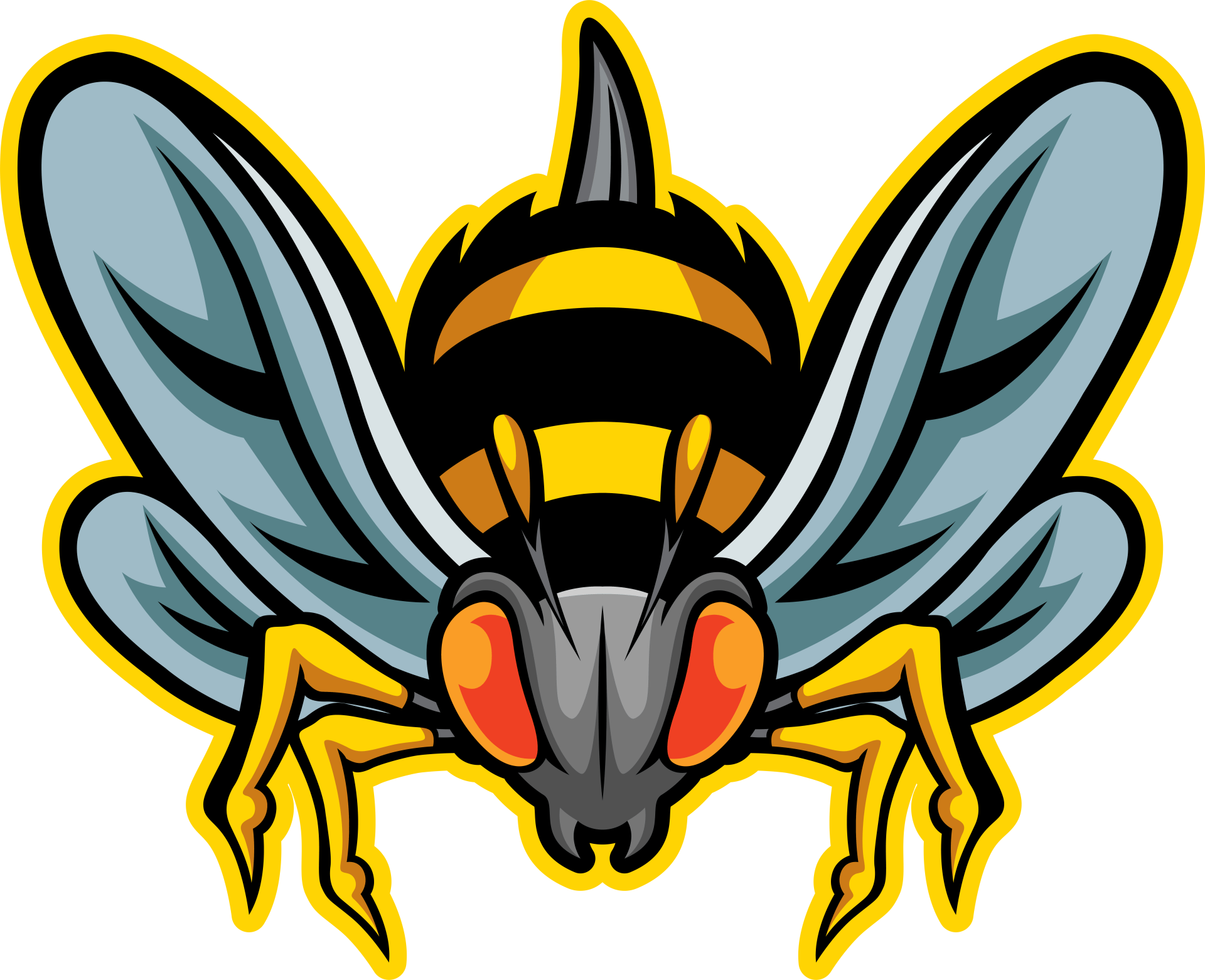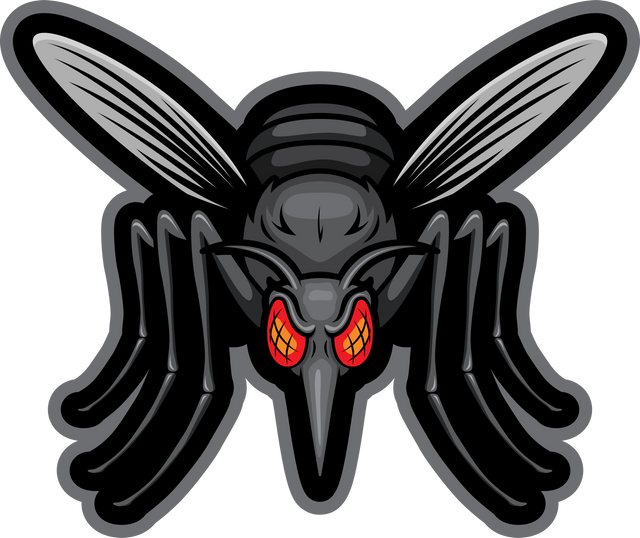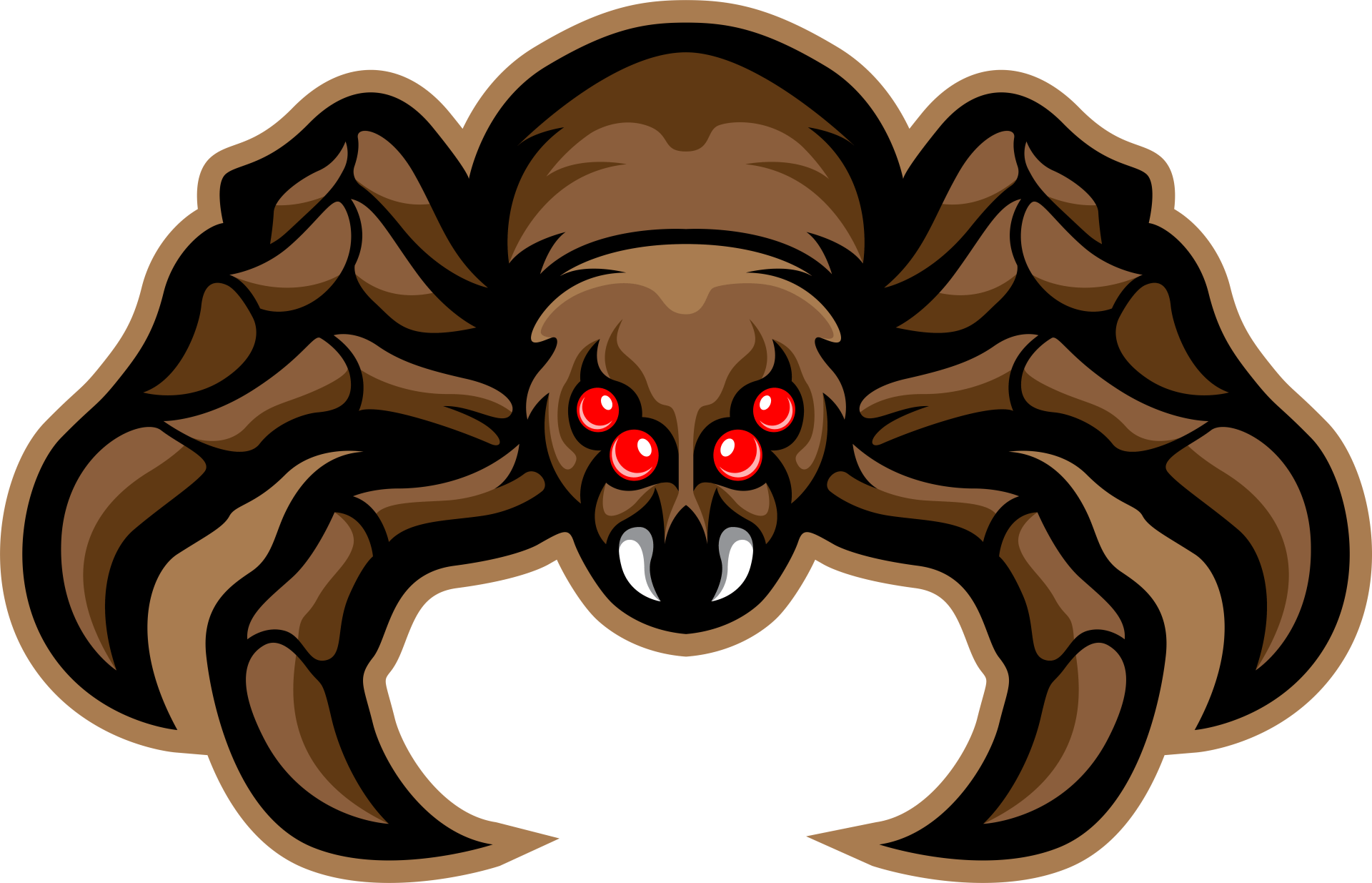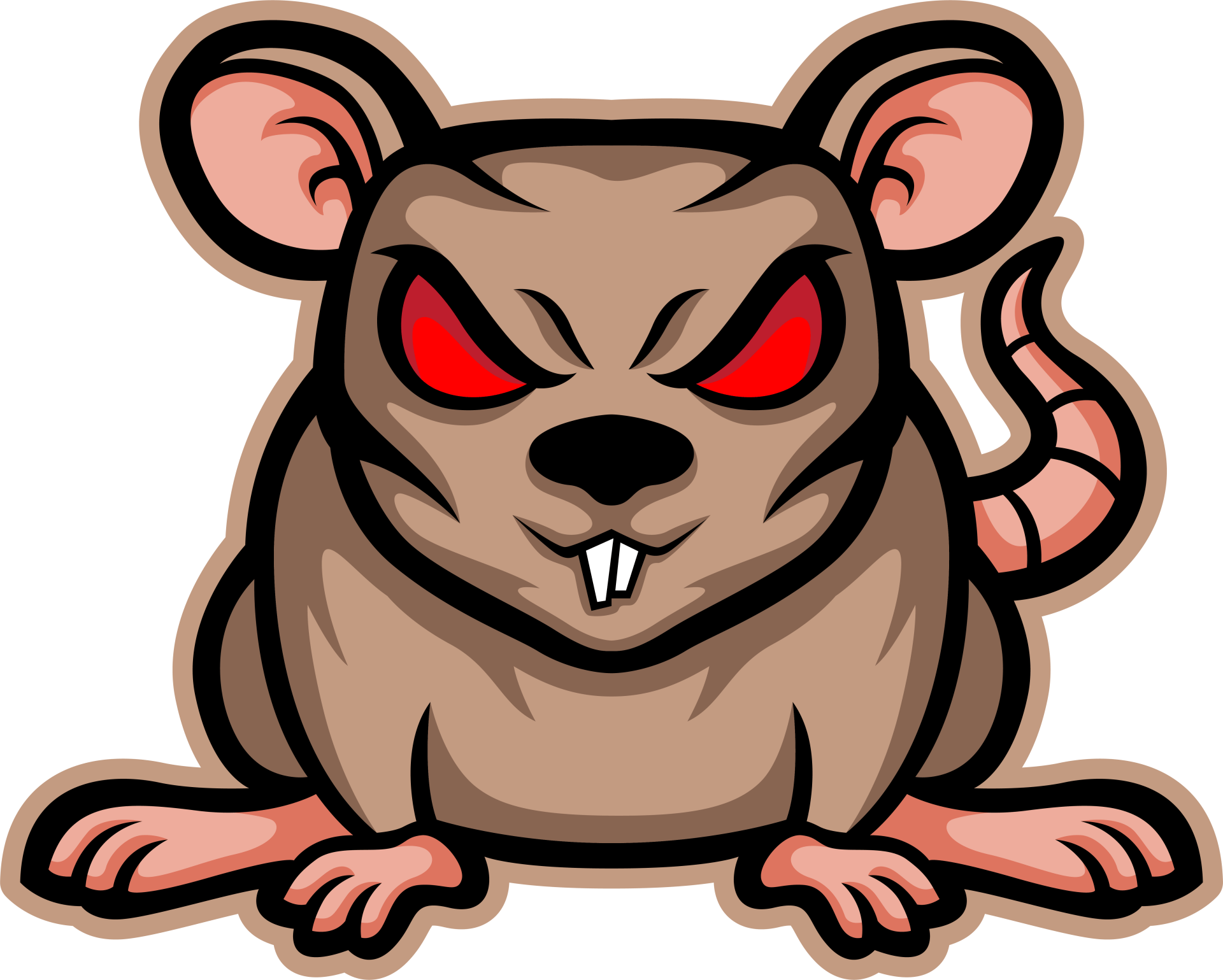GOT FLIES?
CLUSTER FLIES
Cluster flies are a common nuisance during the fall and winter months. These pests are often mistaken for house flies, but they are slightly larger and move more sluggishly. Cluster flies are attracted to warm buildings, where they will gather in large numbers in attics, wall voids, and other spaces. They get their name from their habit of clustering together in large groups. Interestingly, cluster flies feed on nectar and pollen, but their larvae feed on earthworms.
FILTH FLIES
Filth flies are a common pest found in unsanitary environments such as garbage dumps, sewers, and animal farms. They are attracted to decomposing organic material such as feces, rotting food, and animal carcasses. Filth flies can transmit over 100 pathogens including Salmonella and E. coli, making them a serious health concern. These flies are known for their quick breeding cycle, with female flies laying up to 500 eggs at a time. They are also able to develop resistance to pesticides, making professional control crucial for complete elimination.
HOUSE FLIES
House flies are one of the most common and irritating pests around the world. They are attracted to and feed on garbage, excrement, and decaying organic matter, making them carriers of dangerous diseases such as cholera and typhoid. House flies have compound eyes that allow them to detect movement, and they can fly up to 15 miles per hour. They lay their eggs in moist, warm organic matter, which can quickly lead to an infestation. Proper sanitation and effective fly control measures are crucial to prevent these pests from spreading harmful diseases.
Call us at (585) 427-7175.



